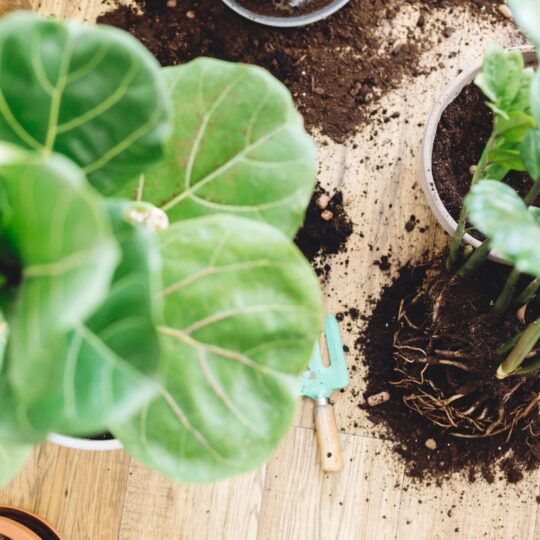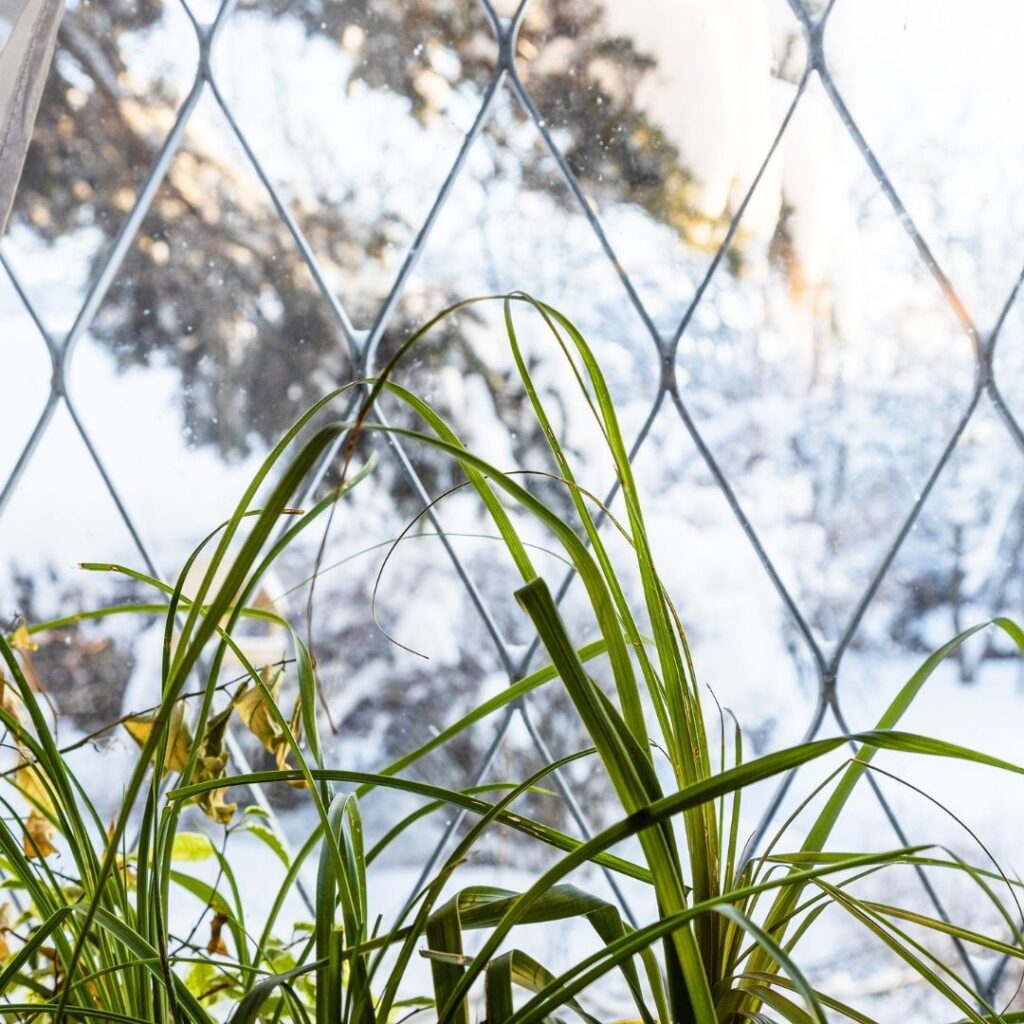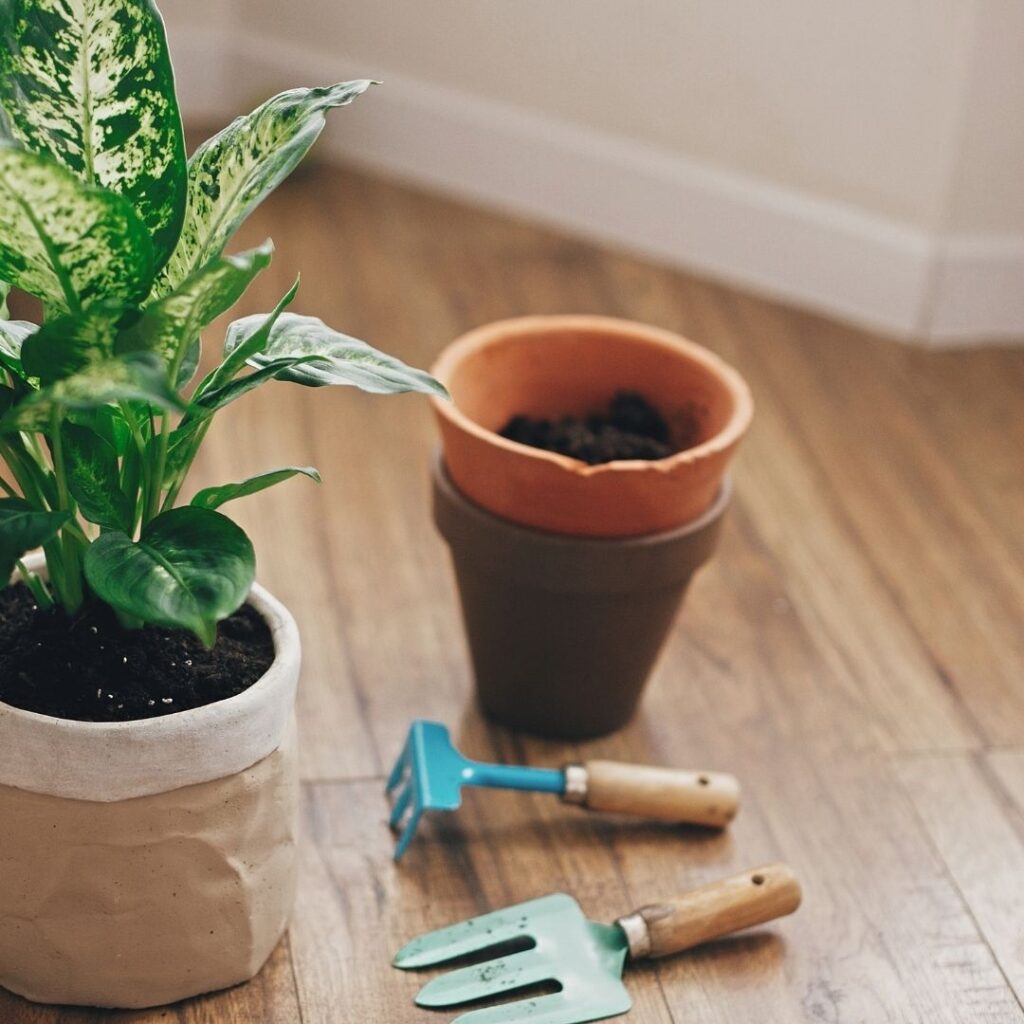
Can You Repot Your Houseplant During The Winter?
The colder, darker winter months often mean that houseplant hobbyists can give their houseplant care routine a bit of a rest. Houseplants typically slow their growth in the winter, due to lower light conditions. Many houseplant collectors have a hard and fast rule: no repotting during the winter. The truth is, it is more complicated than that. We’ll do a deep dive into winter houseplant care, and go over the circumstances where it is okay to repot your houseplant during the winter, along with some tips for repotting your houseplant during the winter months.
What Do Houseplants Experience During The Winter?
The two notable changes that houseplants experience during the winter are that the sun is present for fewer hours during the day, and the strength of the sun is also less intense. In Canada in particular, we can experience weeks at a time of cloudy days. The lack of consistent sunlight will cause houseplants to slow their process of photosynthesis. Other factors, including less humidity and cooler temperatures, essentially put houseplants in survival mode. They are less focused on growing new leaves, developing stronger roots as they are making do with what they have and getting through the winter. Unless measures are taken to alter the natural conditions in the home, such as grow lights, grow tents, or terrariums, generally houseplants slow down their growth in the winter.

What Are The Risks Of Repotting Your Houseplant During The Winter?
There are a few things to keep in mind before repotting your houseplant in the winter. Since your houseplant is in survival mode, it might be more susceptible to going into shock. This is particularly important for houseplants that are sensitive, like calatheas or certain kinds of anthurium.
Your houseplant also may not grow into its new pot quickly enough to accommodate the water and soil ratio, due to the slowed seasonal winter growth. In general, when you repot your houseplant, you shouldn’t go bigger than 2 inches from its previous pot. This will give your plant room to reasonably grow into its new home without sitting in saturated soil for too long between watering, causing root rot. In the winter, if your plant is not growing roots at a reasonable rate, root rot is more likely.
When Can You Repot Your Houseplant During The Winter?
There are some circumstances where repotting your houseplant during the winter is perfectly fine, if not occasionally necessary.:
- If your houseplant has a pest
- Your plant has an infection
- If you have manufactured an environment (ie. Grow lights, grow tent, humidifier, etc) to replicate the growing season
- If your houseplant is still actively growing in the winter months
- Your pot or potting medium is posing an immediate risk to your houseplant (for example, really dense, poor soil quality)
- If your plant’s roots are exploding out of the pot and/or it is unhappy

Tips For Repotting Your Houseplant During The Winter
- Handle your plant with care with repotting
- Make sure that the new pot isn’t too big and that you have chosen the best pot for your houseplant
- Use a quality potting medium
- Monitor and give your houseplant some time to recover after repotting
- Give your houseplant as much light and warmth as possible (make sure you clean its leaves!)
Final Thoughts:
Don’t forget to follow my houseplant journey on Instagram, @plantyquirkyblogger !
Additional Resources:



